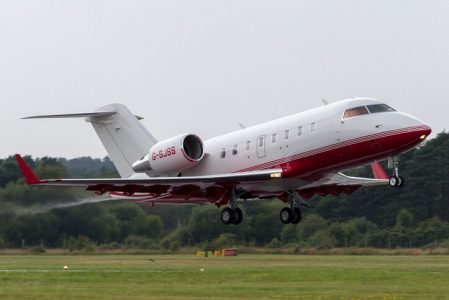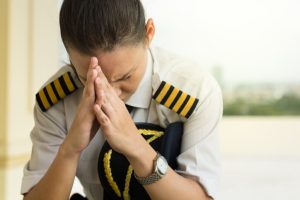Pilot training like a pro isn’t only for the simulators
We’ve all flown imperfect approaches, scrambling to get back on profile in time to salvage the landing and save face with the boss. There may be a hundred different reasons for how we got there in the first place, but the million-dollar question is, “Why do so many pilots disregard what we’ve been taught and opt for the role of test pilot instead?”
I’m sure the pilot’s ego has something to do with the answer. We’re born with that can-do attitude, and initiating a go-around because of an error on our part is more like a “can’t do.” Another part of the problem is the forgiving nature of the flight simulator. Even if you overshoot the runway and are decidedly high on the approach, we always seem to be able to get down before we run out of runway, but is this teaching us bad habits?
I’ve never been dinged for continuing a questionable approach in the sim, probably because our time slot is jam-packed with required maneuvers and approaches. It would interfere with our ability to complete everything if we had to do unscheduled missed approaches and go-arounds. But, unfortunately, real life isn’t as forgiving.
Take, for example, the crew of a Bombardier Challenger 601 as they landed at Oxford Airport in the UK in 2022. The aircraft descended at an excessively high rate, with the ground proximity warning alert sounding on the flight deck, but the crew elected to continue the approach anyway. Has anyone else been there and done that?
For whatever reason, they pressed on instead of doing the company-mandated go-around or maximum gradient climb. Fortunately, the hard landing did not result in injuries (except damaged pride), but it was still investigated as a serious incident.
A part of the problem was that the flight crew did not know each other. The captain was a contract pilot, and the company employed the first officer. During the approach, when it became clear that they were unstable, the first officer urged the captain to do a go-around, but he continued the approach anyway. That’s a tough spot for the first officer to be in – I get it.
According to the investigation, fatigue and miscommunication were contributory factors. These are excellent reasons to adhere to company procedures and what we learned in pilot training. If you know you are tired or need to become more familiar with the other crew member’s abilities or style of flying, should you both double down on standard operating procedures and CRM? It will help us do better.
RELATED READING
RELATED CTS TRAINING










